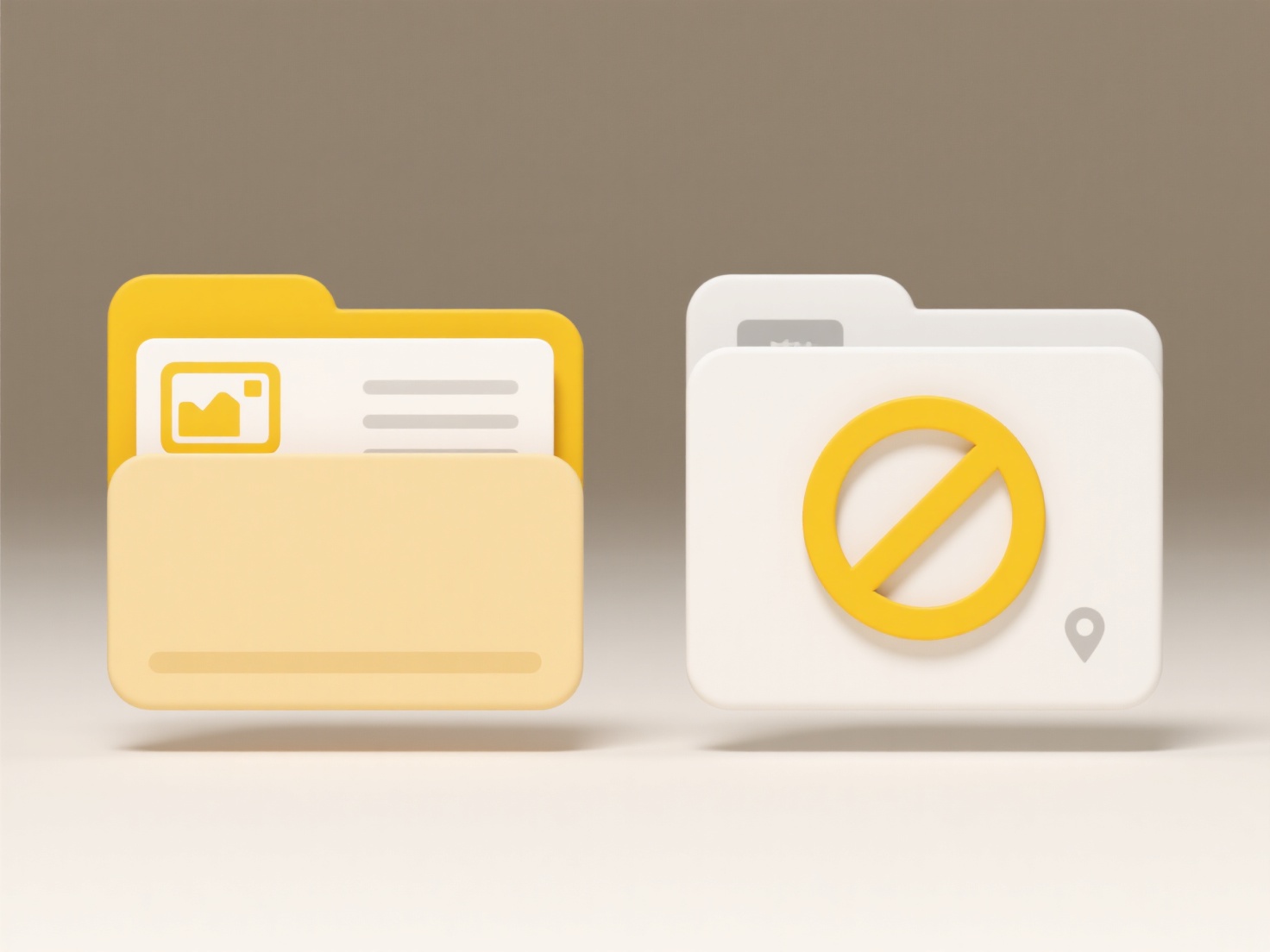
Standardizing folder structures establishes consistent naming conventions and hierarchical organization for digital files across all departments. This means creating uniform top-level folders like "Finance" or "Projects," with predictable sub-folders such as "Invoices" or "Design Assets," replacing potentially inconsistent department-specific naming. It ensures everyone knows exactly where to find and save information, regardless of their team, enhancing clarity and collaboration.
For instance, a company might implement a structure starting with department or function (e.g., \Sales), then adding sub-folders for \Proposals, \Contracts\ and \Client_Reports\ in every department. An HR department uses identical top-level folders like \Recruitment\ and \Employee_Records, with standardized date formats in sub-folder names (e.g., \2023_Reviews). Tools like Microsoft SharePoint, Google Drive, or dedicated Document Management Systems are commonly used platforms to enforce and maintain these standards across the organization.

Benefits include drastically improved searchability, streamlined onboarding, reduced duplication, and easier audits or migrations. However, achieving buy-in from all departments can be challenging due to existing habits. Future-proofing requires flexibility for new needs while maintaining core rules, and clear governance ensures ongoing compliance. Overall, this standardization is foundational for efficient information management, supporting productivity and data integrity.
How do I standardize folder structures across departments?
Standardizing folder structures establishes consistent naming conventions and hierarchical organization for digital files across all departments. This means creating uniform top-level folders like "Finance" or "Projects," with predictable sub-folders such as "Invoices" or "Design Assets," replacing potentially inconsistent department-specific naming. It ensures everyone knows exactly where to find and save information, regardless of their team, enhancing clarity and collaboration.
For instance, a company might implement a structure starting with department or function (e.g., \Sales), then adding sub-folders for \Proposals, \Contracts\ and \Client_Reports\ in every department. An HR department uses identical top-level folders like \Recruitment\ and \Employee_Records, with standardized date formats in sub-folder names (e.g., \2023_Reviews). Tools like Microsoft SharePoint, Google Drive, or dedicated Document Management Systems are commonly used platforms to enforce and maintain these standards across the organization.

Benefits include drastically improved searchability, streamlined onboarding, reduced duplication, and easier audits or migrations. However, achieving buy-in from all departments can be challenging due to existing habits. Future-proofing requires flexibility for new needs while maintaining core rules, and clear governance ensures ongoing compliance. Overall, this standardization is foundational for efficient information management, supporting productivity and data integrity.
Related Recommendations
Quick Article Links
What apps can open Office files on mobile?
Office file formats like Word (.docx), Excel (.xlsx), and PowerPoint (.pptx) are commonly used for documents, spreadshee...
How do I manage audio or video production files?
Managing audio or video production files involves organizing, storing, securing, and tracking media assets throughout th...
What does it mean if a file is indexed?
File indexing creates a special database that maps keywords, properties (like filename, author, date), or content to the...